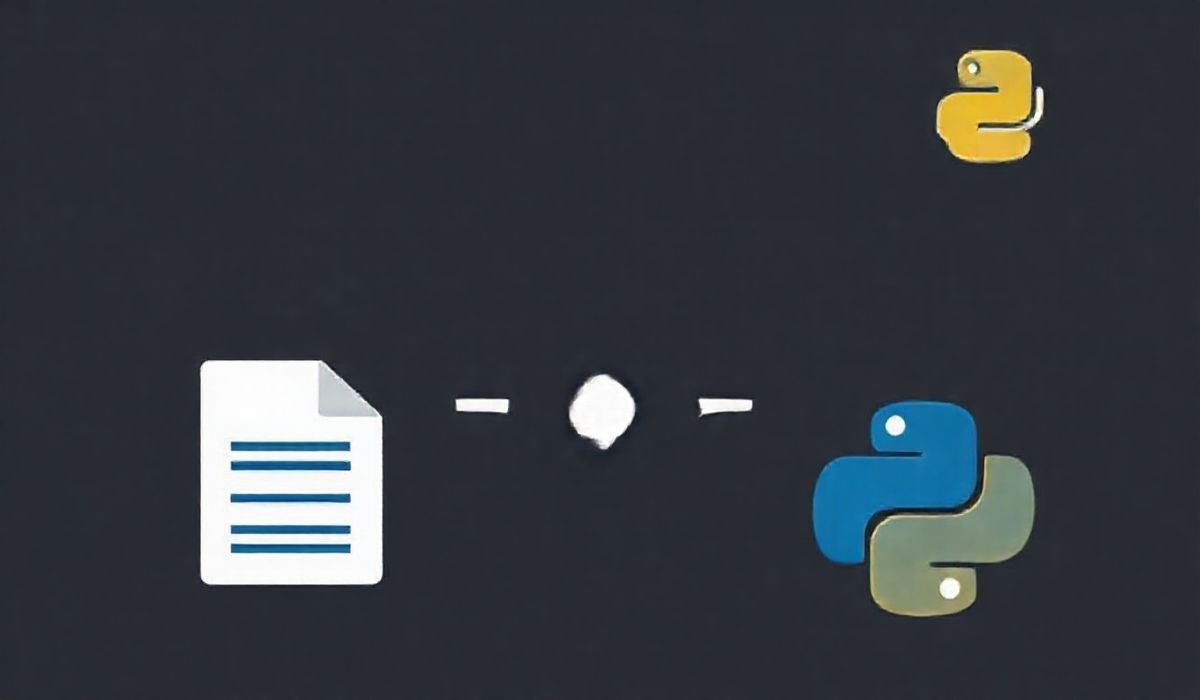Comprehensive Guide on Implementing Forwarded Header
The forwarded header is a versatile tool used in HTTP requests to capture essential information about the client, proxy-server, and host. This information plays a crucial role in scenarios involving reverse proxies or load balancers. Below, we discuss several APIs and provide code snippets to demonstrate their usage.
Understanding Forwarded Header
The forwarded header provides details such as the client’s original IP address, hostname, protocol, and port number. This information can be invaluable for logging, security, and routing purposes.
Basic Syntax of Forwarded Header
The basic syntax for the forwarded header is as follows:
Forwarded: by=<identifier>;for=<client-ip>;host=<host-name>;proto=<protocol>
Useful API Examples
Express.js Middleware
Below is a middleware function to parse the forwarded header in an Express.js application:
const express = require('express');
const app = express();
app.use((req, res, next) => {
const forwardedHeader = req.headers['forwarded'];
if (forwardedHeader) {
console.log('Forwarded Header:', forwardedHeader);
} else {
console.log('Forwarded Header not found');
}
next();
});
app.get('/', (req, res) => {
res.send('Forwarded Header Example');
});
app.listen(3000, () => {
console.log('Server is listening on port 3000');
});
Python Flask Example
Here is a similar implementation for a Flask application:
from flask import Flask, request
app = Flask(__name__)
@app.before_request
def log_forwarded_header():
forwarded_header = request.headers.get('Forwarded')
if forwarded_header:
print('Forwarded Header:', forwarded_header)
else:
print('Forwarded Header not found')
@app.route('/')
def home():
return 'Forwarded Header Example'
if __name__ == '__main__':
app.run(debug=True)
ASP.NET Core Middleware
An example implementation in ASP.NET Core:
using Microsoft.AspNetCore.Builder;
using Microsoft.AspNetCore.Http;
using Microsoft.Extensions.DependencyInjection;
using System.Threading.Tasks;
public class Startup
{
public void ConfigureServices(IServiceCollection services)
{
}
public void Configure(IApplicationBuilder app)
{
app.Use(async (context, next) =>
{
if (context.Request.Headers.ContainsKey("Forwarded"))
{
var forwardedHeader = context.Request.Headers["Forwarded"].ToString();
System.Console.WriteLine("Forwarded Header: " + forwardedHeader);
}
else
{
System.Console.WriteLine("Forwarded Header not found");
}
await next.Invoke();
});
app.Run(async (context) =>
{
await context.Response.WriteAsync("Forwarded Header Example");
});
}
}
Real-world Application
Consider a web application that needs to log the original client’s IP address. This can be achieved by parsing the forwarded header in each request. Here is an example:
Node.js Application
const express = require('express');
const app = express();
app.use((req, res, next) => {
const forwardedHeader = req.headers['forwarded'];
if (forwardedHeader) {
const parts = forwardedHeader.split(';');
const clientIpPart = parts.find(part => part.trim().startsWith('for='));
const clientIp = clientIpPart ? clientIpPart.split('=')[1] : 'Unknown';
console.log('Client IP:', clientIp);
} else {
console.log('Forwarded Header not found');
}
next();
});
app.get('/', (req, res) => {
res.send('Logging Client IP Address Using Forwarded Header');
});
app.listen(3000, () => {
console.log('Server is listening on port 3000');
});
In this example, the middleware parses the forwarded header to extract the client’s IP address and logs it to the console. This practice is particularly useful when working with reverse-proxy setups where the client’s IP is not directly accessible.
Hash: 8e12cac141092888b455b1042ce0f135b93f62d14079f9ac5799b4808829b581




